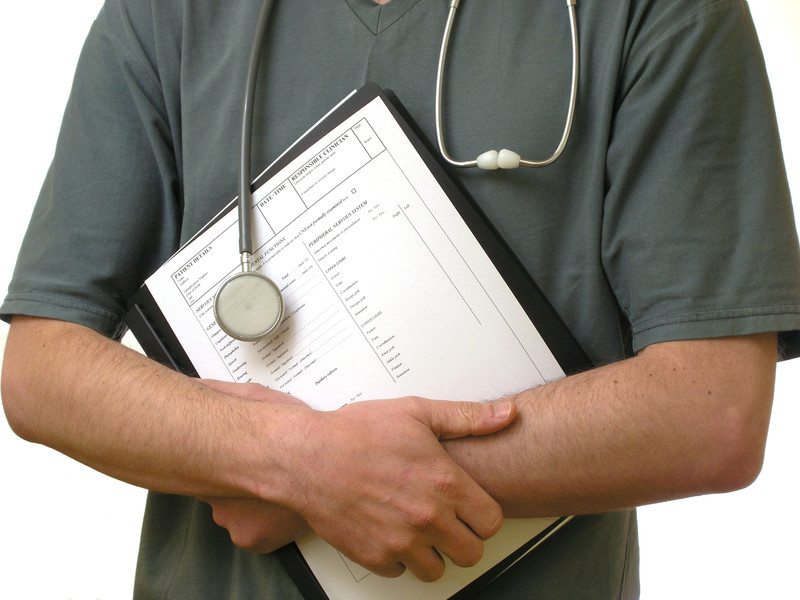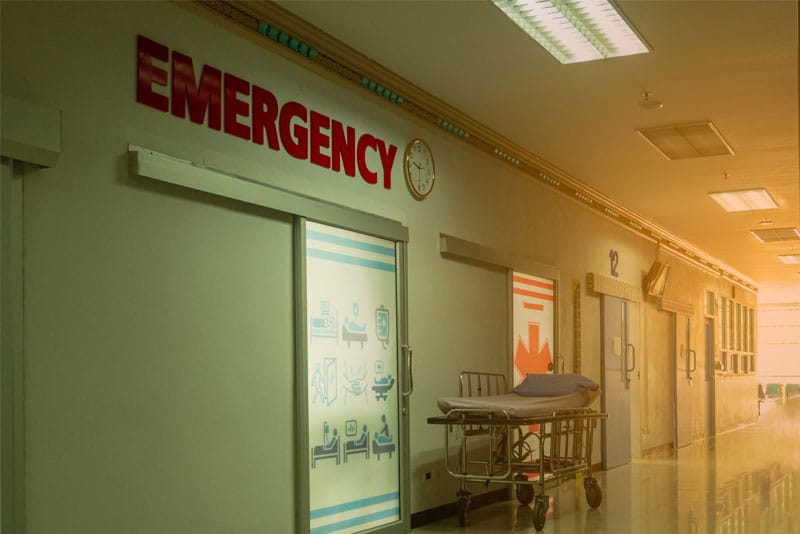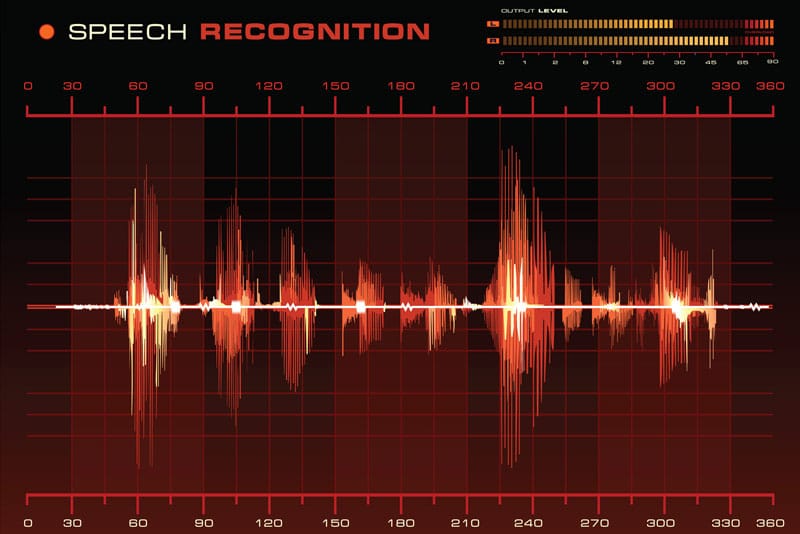Emergency physicians provide quick diagnosis and treatment for acute illnesses. Emergency departments (EDs) function as a focal point for care and care transitions, and emergency room transcription services help ensure flawless medical records. According to the Centers for Disease Control and Prevention (CDC), ED visits in the US reached a record high of 145.6 million patients in 2016. One matter of concern is the frequency of patients returning to the ED within a short period of ED discharge.

The CDC found that the most common medical factors driving ED visits were stomach pain (8.6%) and chest pain (5.2%). Injuries due to falls and motor vehicle crashes were the main types of injuries leading to ED visits. But while emergency physicians are focused on providing quality care that patients cannot get anywhere else, a 2018 article published by the American College of Emergency Physicians (ACEP) notes that, for over 20 years, “emergency physicians have been faced with hospital programs that report ED return visits, usually in a 72-hour window.”
Why do patients return to the ED? Studies have identified various reasons for this.
- Concerns that their first visit did not adequately tackle their complaint.
- Fear that their condition was getting worse and they did not understand their symptoms.Patients need assurance from their physician that their clinical symptoms do not signify a serious health concern.
- Their needs were not adequately met and feel they need more tests.
- Apparent inability to get timely follow-up care, to address ongoing concerns, and get answers to questions.
- Patients’ preference for hospital-based care because of increased convenience and timely results.
- Unscheduled return visits after ED discharge may also be an indication of poor discharge practices.
- The ED is the most convenient place to get speedy care
Patients may return to the same ED or to another ED. Reasons for return visits to the same ED include a revisit for wound check, the deterioration of the original medical problem, treatment-related complications, repeat diagnostics or treatment, or the need for reassurance.On the other hand, a patient visit to another emergency department may be indicative of a transition to a higher level of care or of an inadequate initial patient encounter, where a concern was not addressed or resulted in a complication.
The ACEP report provides the latest (2014) data from the Centers for Disease Control and Prevention National Hospital Ambulatory Medical Care Survey on unscheduled return visits to the ED:
- About 5.7% of ED visits were made by patients who had been seen in the same ED in the preceding 72 hours
- About 4.8% of ED visits were for “follow-up.”
- For around 3% of ED visits resulting in hospital admission, the patient had been seen in the same ED within the previous 72 hours.
Unscheduled return visits are often seen as an important indicator of treatment quality. Return visits to the ED consume medical resources for more examinations, tests or observations, increasing expenses as well as ED overcrowding. A 2014 Agency for Healthcare Research and Quality report stated that hospital read missions in the United States cost $41 billion as of 2011. Medicare’s share was $26 billion annually, with $17 billion accounting for avoidable re-hospitalizations.
An ACP Hospitalist article identified several steps to prevent potentially unavoidable read missions. First, ER physicians need to know what patients expect from their hospital admission, and what they hope will improve. They should ask patients if they have any questions or if they are worried about something that has not been discussed. Patients should be also made to understand that the purpose of admission to the ED is to diagnose, assess, and triage. Most patients tend to think that the ED is a therapeutic place. Finally, as follow-up is critical in post-ED, ER physicians should work with primary care physicians (PCPs) to ensure that they prioritize discharge patients.
The ACEP article highlights recent studies which found that return visits resulting in hospital admission are not a sign of poor care. According to researchers, patients receive high-quality care in the ED, where they undergo appropriate testing and treatment, and are discharged because they do not meet admission criteria. They point out that encouraging return ED visits may in fact be a practical strategy as it will ensure that EDs are available for patients, especially for return visits.
Medical transcription outsourcing can ensure high-quality ED medical records for improved patient care. With a reliable service provider, physicians are ensured of ED medical records that accurately reflect the evaluation, management, medical decision making, and disposition process.


